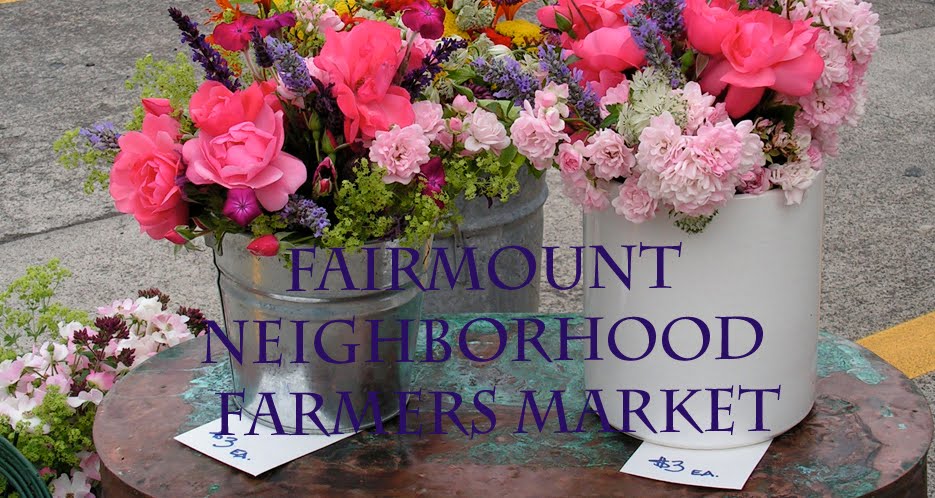Fresh
Leeks, scallions, baby stalks of garlic and garlic whistles, also called scapes (try in salsa)
Anaheim and poblano chile peppers and some early tomatoes
Artichokes, baby beets, and kohlrabi (try grilled kohlrabi)
New potatoes, cauliflower and broccoli
Carrots, summer squash, and cucumbers (try these tsukemono pickles from Ume Grill)
Chard, collard greens, and kale
Fresh herbs (basil, oregano, sage, thyme) and home-grown lemon grass!!
Lettuce, including ready-to-eat bagged mix (make some lettuce wraps)
Cherries and Blenheim apricots (from Washington)
From Sweet Creek Foods:
Dill Pickles, Chili Dill Pickles, Bread 'N Butter Pickles, Pickle Relish
Blueberry, Strawberry, Blackberry, and Raspberry Fruit Spreads
Enchilada Sauce and Salsa
From SLO Farm: Applesauce
Assorted beans and grains from Camas Country Mill
Before their season is over, be sure to try some of these crazy spiraling garlic whistles (also called scapes). One way to soften their stalks and temper their garlic punch is to grilled or seared them on a hot skillet.
Once charred and diced into rounds, these make a delicious garnish for tacos and add a smoky punch to your favorite tomato salsa.
Grilled Garlic Whistle Salsa
1 bunch garlic whistles (also called scapes)1 jalapeño pepper
1 15 ounce can of fire roasted tomatoes (or fresh or frozen tomatoes)
1 bunch cilantro
salt to taste
1. Heat a grill or a large cast iron skillet and throw on the garlic whistles and the jalapeño. Cook, turning occasionally, until they are charred and fragrant. Trim off the garlic scape blossom tips and cut the stalks into small rounds. Stem and seed the jalapeño and dice.
2. In a blender or food processor, blend together the tomatoes and cilantro. Add salt to taste. Stir in the chopped charred garlic scales and jalapeño in batches and taste until it's to your liking (save any unused scapes and jalapeño for taco garnish). Enjoy.





















